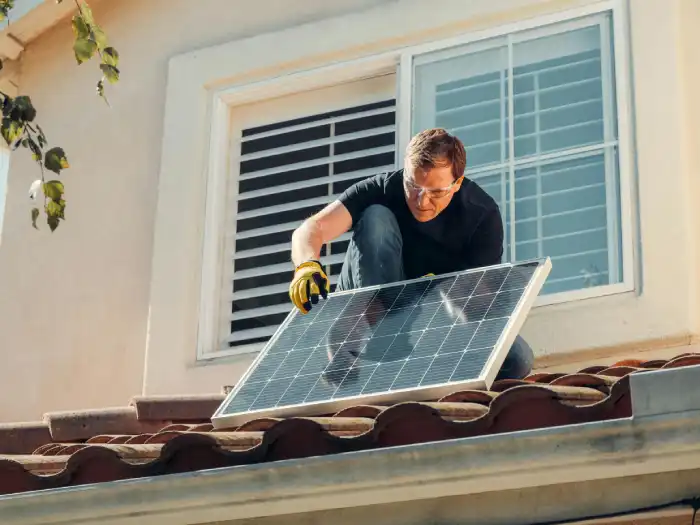The push for clean, affordable energy continues to accelerate, and more homeowners are switching to solar power. Solar systems not only lower electricity costs but also reduce carbon footprints and potentially boost property values. Whether you’re exploring grant programs, seeking local installers, or evaluating financing, understanding the planning, costs, and ROI of residential solar is vital.
A thorough evaluation of your energy requirements, system alternatives, and available incentives will help you make an informed choice that will optimize savings and promote sustainability in the future.

1. Benefits of Residential Solar Energy
1.1 Reduced Energy Bills
Solar energy lets homeowners generate their own electricity, reducing or eliminating dependence on the grid. Some areas even offer net metering, allowing excess energy to be sold back to the utility.
1.2 Increased Home Value
Recent studies indicate that solar-equipped homes often fetch higher selling prices. For example, a 2025 SolarReviews study found that residences with solar panels sold for 6.9% more on average than comparable homes without solar. Moreover, Energy Sage data shows stepped-up premiums of 5–10%, which can translate to tens of thousands of dollars for higher-priced homes.
1.3 Environmental Benefits
Solar power significantly cuts greenhouse gas emissions and reduces reliance on fossil fuels.
1.4 Energy Independence
Solar systems, especially with battery storage, reduce vulnerability to outages and rising utility rates offering enhanced stability and resilience.
2. System Components & Installation Steps
Key Components
- Solar Panels (PV) – Convert sunlight to electricity
- Inverter – Transforms DC to AC for home use
- Mounting System – Roof or ground installation structure
- Battery Storage (Optional) – Stores surplus energy
- Monitoring System – Manages performance and usage
Installation Overview
- Site Assessment & Consultation – Evaluates roof, sunlight, and energy needs
- System Design & Proposal – Tailored plan with cost, savings, and ROI projections
- Permits & Approvals – Managed by installer with local authorities
- Installation – Typically completed within a few days to a week
- Inspection & Grid Connection – Ensures safety and activates net metering
- System Activation & Monitoring – Begin tracking energy production
3. Cost Analysis & Financing Options
3.1 Average Costs
- According to SolarReviews, the average residential solar system costs around $21,816, or about $3.03 per watt installed, before incentives.
- EnergySage reports that a 12 kW system typically costs around $29,649 before incentives, which drops to $20,754 after the 30% federal tax credit.
- MarketWatch indicates that most residential installations fall between $15,000 and $22,500.
- NerdWallet estimates an average cost of $29,360 before incentives, declining to about $20,550 after federal tax credit.
3.2 Financing Methods
- Cash Purchase: Offers maximum long-term savings
- Solar Loans: Spread payments while maintaining ownership
- Leases & PPAs: Pay for electricity, but don’t own the system
- Grants & Loans: Government/nonprofit programs can help though funding availability can fluctuate
3.3 Incentives
- Federal Investment Tax Credit (ITC): Currently offers a significant credit (30%) but is set to phase out after December 31, 2025
- State & Local Incentives: Rebates, performance-based paybacks, and tax exemptions vary by region
4. Calculating ROI
- Total Cost – Include installation, permitting, and extras
- Subtract Incentives – Factor in federal tax credits and local rebates
- Calculate Break‑Even – Divide net cost by annual savings (typically recovered in 5–10 years)
Final Thoughts – Solar Energy Systems
Solar installations represent both smart financial planning and sustainable living. With declining costs, rising property values, and multiple financing avenues, going solar is increasingly accessible. By partnering with trustworthy local solar installers, leveraging grants and loans, and doing your ROI calculations, solar energy becomes an intelligent and impactful investment.
